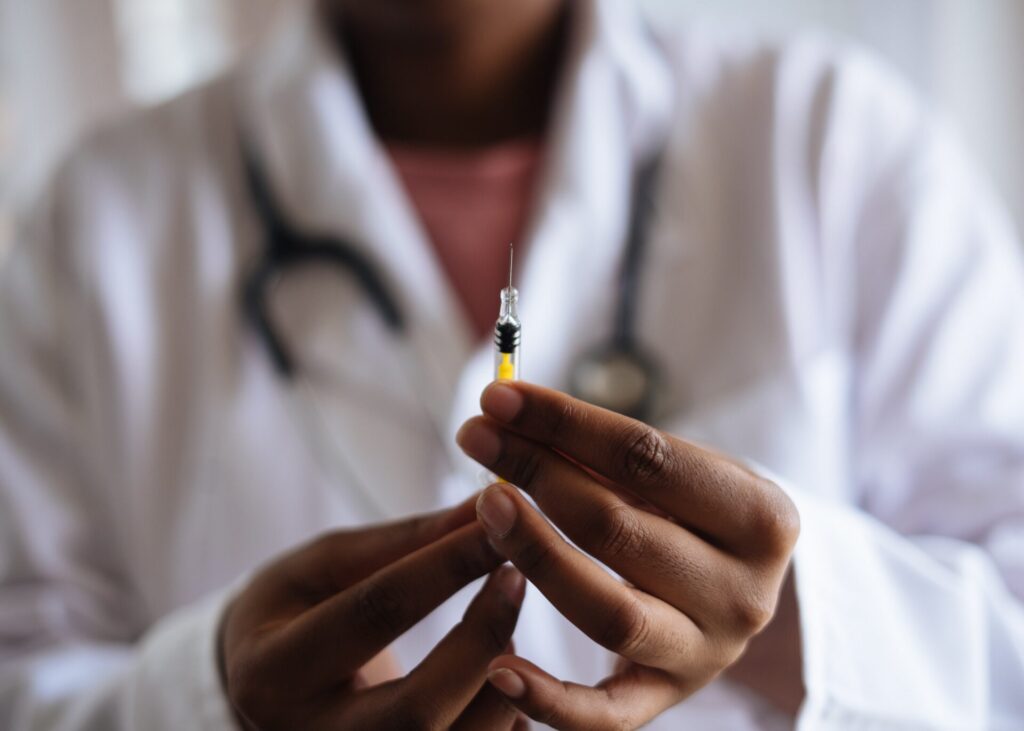How Physical Therapy Helps After Hyaluronic Acid Injection
If you are considering a hyaluronic acid injection to help reduce pain in an injured area, there is one thing you should keep in mind—physical therapy. Not only can physical therapy be used to prevent injury, but it can also play a critical role in helping your body heal and recover quickly after such treatments as hyaluronic acid injections. This blog post will explore the benefits of physical therapy following injection of this type and explain why it’s so important for optimal healing.
What is Hyaluronic Acid Injection and What Can it Do for You
The hyaluronic acid injection has been a game-changer in the world of beauty and cosmetic treatments. But what exactly is it? Hyaluronic acid is a naturally occurring substance found in our skin that helps improve its elasticity and hydration. The injection of hyaluronic acid works by adding volume and smoothening wrinkles and fine lines, giving a more youthful and rejuvenated appearance. It’s a quick and safe procedure, with minimal downtime compared to surgical options. Additionally, hyaluronic acid injection can be used for a range of purposes, such as enhancing facial features like lips and cheeks. If you’re looking for a non-surgical way to refresh your appearance, this might just be the solution for you.
Benefits of Physical Therapy after an Injection
After receiving an injection, physical therapy can offer a range of benefits that can aid in recovery. Physical therapy can help to improve range of motion, reduce swelling and inflammation, and alleviate pain. Through a variety of exercises and techniques, physical therapists can help patients regain strength in the affected area, improve their posture, and develop better body mechanics. Physical therapy can also offer patients a chance to learn more about their injury or condition, and how to manage it effectively in their daily lives. By working with a physical therapist, patients can not only recover more quickly from an injection but also improve their overall physical health and functioning.
Preparing for the Physical Therapy Session
Preparing for your physical therapy session can be a key factor in ensuring that you make the most out of your treatment plan. Before your appointment, it is important to gather any medical records or information that your therapist may need, such as your medical history or previous test results. It is also recommended to wear comfortable clothing that allows for easy movement and to arrive early enough to complete any paperwork or assessments required. Additionally, take some time to mentally prepare for your session by creating a list of questions or concerns to discuss with your therapist. Remember, your physical therapist is there to assist and guide you along your journey to recovery, and proper preparation can help facilitate a successful and productive session.
Exercises Recommended During Physical Therapy
Physical therapy is an integral part of healing from injuries or surgery. To achieve maximum results, exercises recommended during physical therapy must be followed closely. Some of the exercises recommended may include stretches, resistance training, and aerobic exercises. Stretches help to improve flexibility while resistance training helps to build strength. Aerobic exercise, on the other hand, gets your heart pumping and helps with weight loss. It’s important to work with a professional physical therapist to develop a customized plan that targets your specific needs. With time and consistency, these exercises can improve your overall physical well-being and help you regain your strength and flexibility.
Important Tips to Follow After an Injection and Physical Therapy
After receiving an injection or undergoing physical therapy, it’s crucial to take care of yourself post-treatment. Some important tips to follow include resting the area, icing if necessary, and avoiding strenuous activities. It’s also important to stay hydrated and follow any medication or therapy recommendations made by your healthcare provider. While recovery times may vary, it’s important to give your body the time it needs to heal and avoid pushing yourself too hard too soon. By following these tips, you can ensure a smooth recovery and get back to feeling your best in no time.
How Long Does the Rehabilitation Process Take and When Will Results Show Up
Rehabilitation is a journey that requires patience and dedication. While the duration of the process may vary from person to person, it typically takes several weeks to months depending on the severity of the injury. The rehabilitation process involves a series of exercises and therapy sessions designed to help individuals regain their strength, flexibility, and mobility. Since everybody is different, the healing process varies. However, one fact that remains constant is that results take time. It usually takes several weeks or months for noticeable improvements to show up in the patient. It is essential to remember that rehabilitation is a slow and steady process rather than a quick fix. Overcoming an injury is a marathon and not a sprint, and pushing yourself too hard can lead to setbacks. The most important aspect of rehabilitation is consistency and dedication to the rehabilitation program. Keep up the hard work, and you will see the results!
Conclusion
In conclusion, Hyaluronic acid injections have been gaining much attention as a way to address joint pain and reduce inflammation. This procedure is often followed by physical therapy to improve strength and mobility in the affected area. Preparation beforehand for the session, as well as following certain tips afterward, are important for optimizing recovery from Hyaluronic acid injections. The exercises recommended during physical therapy will help promote healthy joints through increased flexibility, range of motion, and other positive effects. The time it takes to fully recover can vary but generally, results start showing after 3-6 months of doggedly following a tailored exercise program specifically designed for you and your condition. Listening to the advice of both your medical team and physical therapist will ensure the best possible outcome from your injection/physical therapy process.

